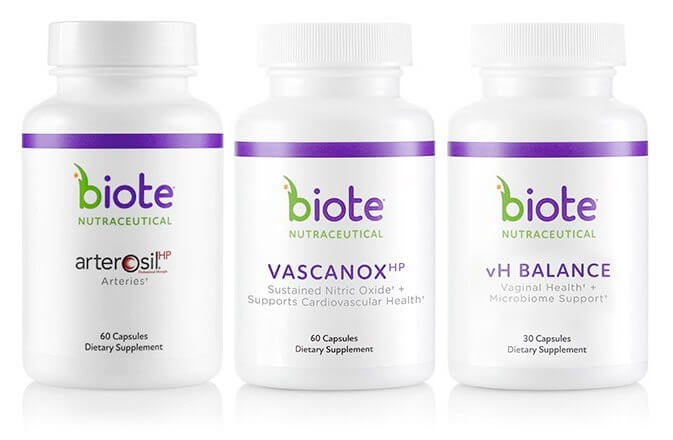Pellet BioIdentical Hormone Replacement Therapy (BHRT)

What is BHRT?
BHRT is an acronymic phrase that stands for bioidentical hormone replacement therapy for women. Hormone therapy for men and women has been a common practice to cope with aging for decades. Hormone replacement therapy (HRT) may help those who are suffering from unbalanced hormones.
What Is Biote’s Method of Pellet Therapy?
Pellets are tiny, custom-compounded therapies for symptoms that stem from hormonal imbalances. The Biote Method may help keep a patient’s hormone levels consistent throughout the day. The pellet therapy that Biote trains on uses hormones that are bioidentical to those found in the human body.
Hormone replacement therapy, or HRT, can take the form of patches, creams, pills, or pellets. When hormones are out of balance, hormone replacement therapy for may help relieve a wide array of different symptoms, both physical and emotional. Bioidentical hormone replacement therapy aims to relieve the source of the problem, not just the symptoms themselves. Bioidentical hormones delivered through BHRT pellets closely replicate the molecular structure of human hormones.
Bioidentical hormone replacement therapy for women may help any person whose hormones are out of balance. There are also rare instances regarding people who have never had balanced hormones, often causing excessively uncomfortable menstrual cycles and extreme mood swings.
BHRT pellets are comprised of custom-compounded hormones. These pellets are inserted subcutaneously during a quick in-office visit. Usually, within four to six weeks after the pellet insertion, the bioidentical hormone replacement therapy for the endocrine system begins to take effect patients may begin to experience the benefits of the BHRT method. Hormone imbalance therapies are used to provide relief from the symptoms of a wide variety of conditions that are often overlooked by medical providers. Our approach to hormone replacement therapy is bioidentical and custom compounded to each patient’s unique physiology, allowing patients to get the most out of BHRT as possible.
Additional Reources: Biote.com


